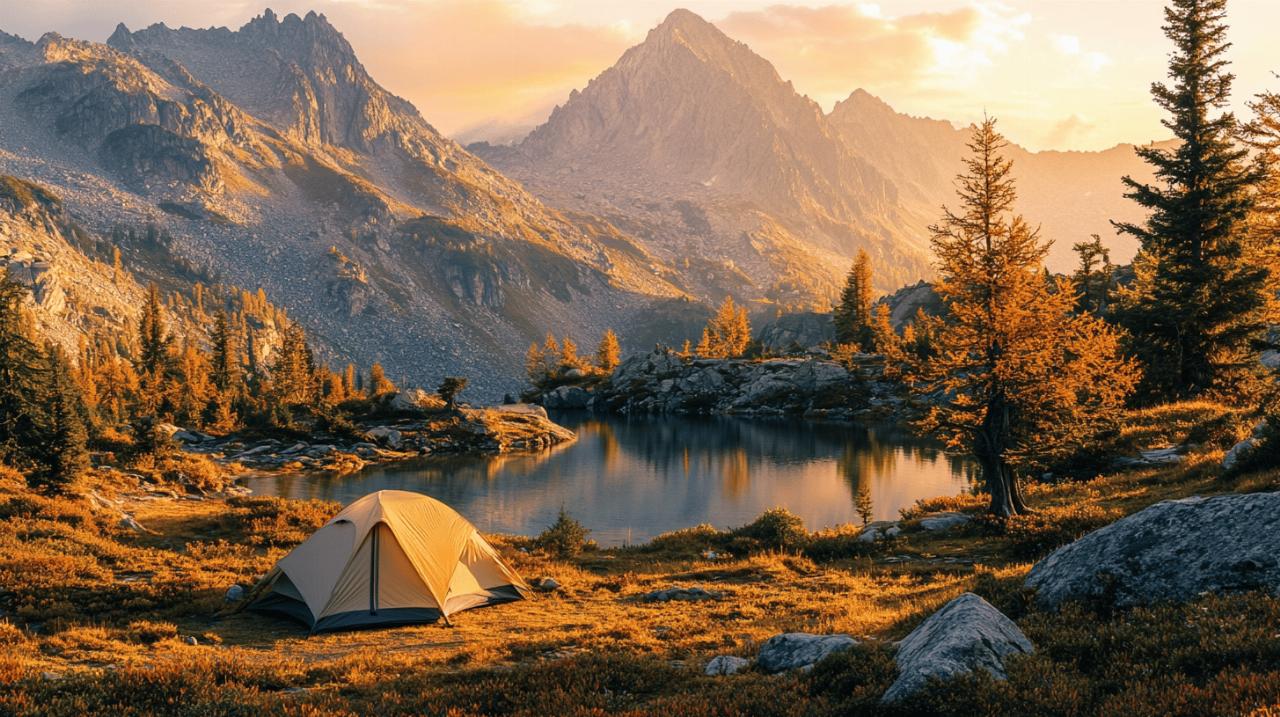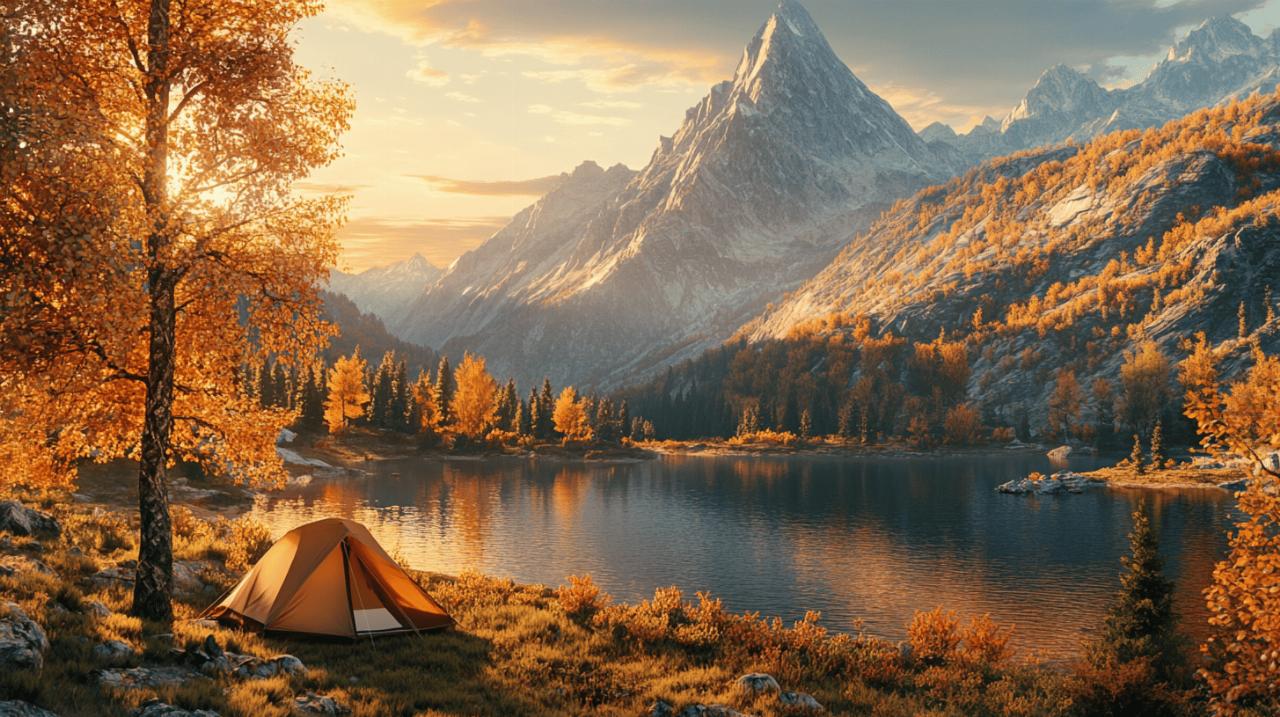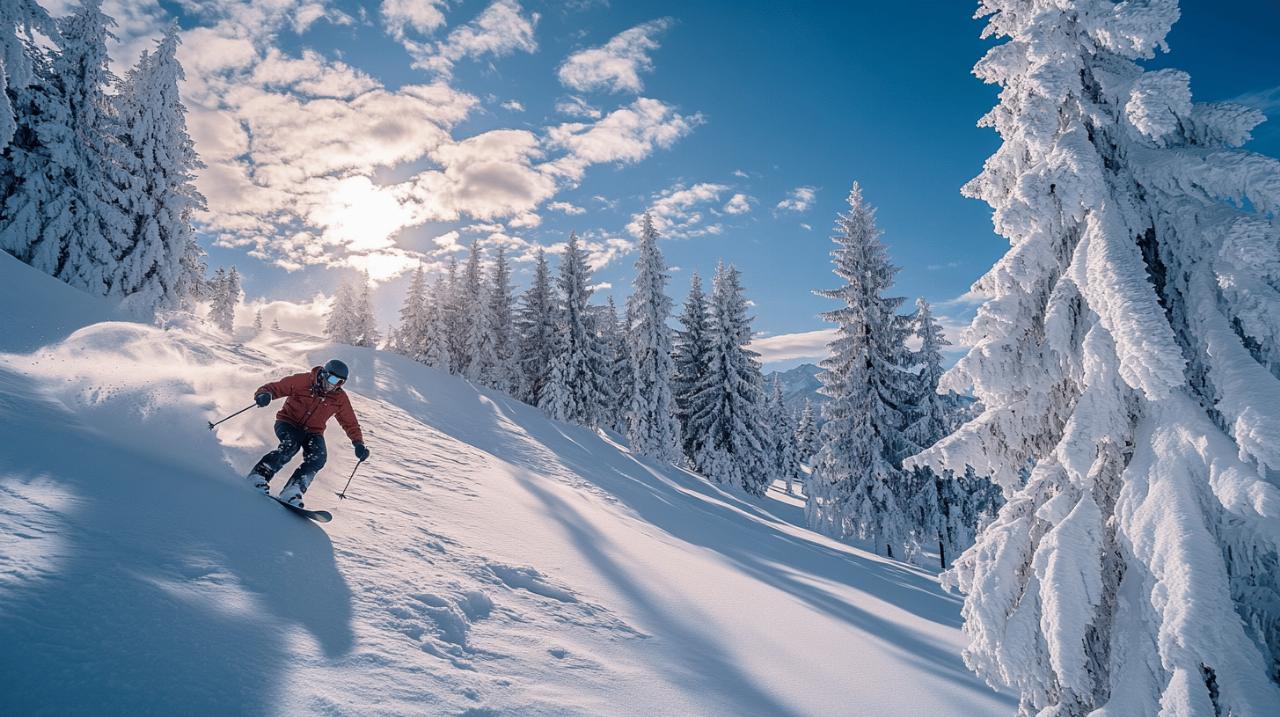The complete vigilance hiking bivouac belledonne checklist: sustainable practices for alpine wilderness camping
Embarking on a wilderness expedition through the breathtaking Belledonne massif demands meticulous preparation alongside a genuine commitment to environmental stewardship. Nestled in the Isère department, this formidable mountain range presents adventurers with dramatic summits, serene alpine lakes, and challenging high-altitude trails that reward those who approach them with respect and readiness. Whether you are drawn to the rugged terrain near Aiguebelle, the inviting paths around Allevard, or the captivating shores of Lac Achard, understanding the essentials of sustainable bivouacking ensures both your safety and the preservation of these pristine landscapes. Through careful route selection, proper equipment, and an unwavering dedication to leaving no trace, you can experience the majesty of the Belledonne mountains while protecting them for future generations of outdoor enthusiasts and wildlife alike.
Essential Kit and Equipment for Belledonne Bivouacking
When venturing into the Belledonne massif, selecting the appropriate gear becomes not merely a matter of comfort but a critical component of your safety strategy. The terrain across this alpine wilderness varies from gentle grassy slopes to steep rocky ascents, demanding equipment that can withstand the rigours of unpredictable mountain conditions. Your chaussures, or hiking boots, must provide robust ankle support and feature soles designed for gripping on both wet stone and loose scree. Investing in quality footwear prevents injuries that could transform an exhilarating expedition into a distressing ordeal requiring emergency evacuation. Beyond footwear, a reliable lightweight tent or bivouac sack designed to withstand sudden temperature drops and fierce mountain winds ensures restful nights under the vast alpine sky.
Proper footwear and technical gear selection
Choosing the right footwear for the Belledonne massif requires understanding the specific challenges posed by these mountains. Full-grain leather boots offer exceptional durability and water resistance, whilst modern synthetic materials provide lighter alternatives without sacrificing protection. Whatever your preference, ensure your boots have been properly broken in during shorter day hikes before committing to a multi-day traverse. Blisters and hot spots can escalate into debilitating injuries when you are kilometres from the nearest road. Complementing your boots with moisture-wicking socks and gaiters protects against the fine alpine dust and unexpected stream crossings. Technical gear such as trekking poles significantly reduces strain on knees during steep descents and provides additional stability when navigating uneven ground or crossing snowfields that linger well into summer months.
Navigation Tools and Safety Equipment You Cannot Afford to Forget
Whilst digital platforms have revolutionised how we access information about remote locations, traditional navigation tools remain indispensable in the mountains where battery life is finite and weather conditions can interfere with satellite signals. A detailed topographic map of the Belledonne range, paired with a reliable compass, forms the foundation of your navigation toolkit. Familiarise yourself thoroughly with map reading before departing, as the ability to identify terrain features and plot alternative routes becomes crucial when visibility deteriorates or unexpected obstacles force detours. A whistle serves as an internationally recognised distress signal that carries much further than shouting, whilst a fully charged mobile phone in a waterproof case provides a vital communication link in emergencies. Your first-aid kit must extend beyond basic plasters to include treatments for sprains, hypothermia, and altitude-related illnesses, alongside any personal medications you require.
Route Planning and Altitude Management in the Belledonne Massif
Successful wilderness camping in Belledonne begins long before you lace up your boots, with thorough route planning forming the cornerstone of a rewarding expedition. The massif offers countless itinéraires and traversées ranging from gentle valley walks to demanding ridge scrambles that test even experienced mountaineers. Assessing your physical fitness honestly and matching it to appropriate trails prevents situations where exhaustion or technical difficulty leaves you vulnerable. Consulting detailed guidebooks and recent trip reports from other hikers provides invaluable insights into current trail conditions, seasonal water availability, and potential hazards such as unstable snow bridges or recent rockfall. Building flexibility into your schedule allows you to adjust plans according to weather developments or unexpected fatigue, rather than feeling pressured to push forward into dangerous conditions.
Choosing Appropriate Itinéraires and Traversées for Your Skill Level
The temptation to tackle ambitious routes can prove overwhelming when surrounded by spectacular peaks, yet selecting itinéraires suited to your experience level ensures enjoyment rather than misery. Beginners might focus on valley approaches to places like Lac Achard, where well-maintained paths and relatively modest elevation gains provide an introduction to alpine camping without excessive technical demands. More seasoned hikers can explore higher traversées that link multiple cols and summits, offering extraordinary panoramas across the massif and neighbouring ranges. Regardless of your chosen route, calculate realistic daily distances that account for elevation gain, terrain difficulty, and your loaded pack weight. A traverse that appears manageable on paper can become exhausting when you factor in altitude effects and the physical toll of carrying camping equipment, food, and water for multiple days.
Recognising and preventing altitude sickness during your trek
Altitude sickness poses a genuine threat even at the moderate elevations found throughout the Belledonne massif, where many popular camping spots sit above two thousand metres. This potentially serious condition develops when your body struggles to adapt to reduced oxygen levels, manifesting initially as headaches, nausea, and unusual fatigue. Prevention centres on gradual ascent, allowing your physiology time to acclimatise as you gain elevation over several days rather than rushing to high camps. Maintaining excellent hydration proves equally important, as dehydration exacerbates altitude symptoms and impairs your body's adaptation mechanisms. Should symptoms emerge, resist the urge to dismiss them as mere tiredness or assume they will pass overnight. Descending even a few hundred metres often brings rapid relief, whereas continuing upward can lead to life-threatening complications such as pulmonary or cerebral oedema that require immediate medical intervention.
Selecting safe bivouac locations and weather preparedness
 Identifying suitable bivouac sites requires balancing practical considerations with environmental responsibility and safety awareness. The ideal location offers protection from prevailing winds whilst avoiding natural hazards such as avalanche paths, rockfall zones, or areas prone to flash flooding during thunderstorms. Level ground free from protruding rocks ensures comfortable sleep, whilst proximity to a water source reduces the weight you must carry, though never camp directly beside streams or lakes to protect fragile riparian ecosystems. Legal considerations also merit attention, as regulations governing wild camping vary across different sections of the massif, with some areas requiring permits or prohibiting camping entirely during sensitive wildlife breeding seasons.
Identifying suitable bivouac sites requires balancing practical considerations with environmental responsibility and safety awareness. The ideal location offers protection from prevailing winds whilst avoiding natural hazards such as avalanche paths, rockfall zones, or areas prone to flash flooding during thunderstorms. Level ground free from protruding rocks ensures comfortable sleep, whilst proximity to a water source reduces the weight you must carry, though never camp directly beside streams or lakes to protect fragile riparian ecosystems. Legal considerations also merit attention, as regulations governing wild camping vary across different sections of the massif, with some areas requiring permits or prohibiting camping entirely during sensitive wildlife breeding seasons.
Finding suitable wild camping spots near aiguebelle, allevard, and lac achard
The regions surrounding Aiguebelle, Allevard, and Lac Achard present diverse options for bivouacking, each with distinct characteristics that appeal to different camping styles. Aiguebelle serves as an excellent base for exploring the northern reaches of the massif, with numerous discreet spots tucked into wooded valleys that provide shelter from wind and prying eyes. Allevard offers access to mid-elevation meadows where wildflowers carpet the ground during summer months, creating idyllic camping settings beneath towering peaks. Lac Achard attracts considerable attention due to its stunning beauty and relative accessibility, meaning you must venture further from the lake itself to discover peaceful sites away from crowds. Arriving at your chosen area with several hours of daylight remaining allows time to scout multiple potential spots, assessing each for suitability before committing to pitch your shelter. Avoid the temptation to camp on sensitive alpine vegetation, instead seeking established sites where previous use has already created durable surfaces.
Understanding belledonne's unpredictable weather patterns and forecast monitoring
Mountain weather possesses a notorious reputation for rapid transformation, with conditions in the Belledonne massif capable of shifting from brilliant sunshine to violent thunderstorms within remarkably short timeframes. Before departing on your expedition, study extended forecasts from multiple reliable sources, paying particular attention to predicted wind speeds, precipitation probability, and overnight minimum temperatures. However, treat these forecasts as guides rather than guarantees, as local topography creates microclimates where conditions may differ significantly from regional predictions. Developing the ability to read weather signs directly from cloud formations, wind patterns, and barometric pressure changes empowers you to make informed decisions in the field. Afternoon thunderstorms occur frequently during summer months, making early morning starts advisable for crossing exposed ridges or summits. Should threatening weather develop whilst you are camping, ensure your tent is securely guyed and avoid pitching beneath isolated trees that might attract lightning strikes.
Leave no trace principles and responsible wilderness practices
Sustainable camping practices form the ethical foundation upon which wilderness recreation must rest if these magnificent environments are to remain pristine for future generations. The Leave No Trace framework provides practical guidance for minimising your impact, beginning with the fundamental principle of packing out everything you pack in. This extends beyond obvious litter to include food scraps, orange peel, and even seemingly biodegradable items like apple cores that attract wildlife and introduce non-native species to alpine ecosystems. Proper waste management requires carrying sealable bags for all rubbish and, in environmentally sensitive areas, packing out human waste using specialised disposal systems. When nature calls, select sites at least seventy metres from water sources and trails, digging a small cathode that allows natural decomposition whilst preventing contamination of streams that serve as drinking water for both wildlife and downstream communities.
Respecting Wildlife and Natural Habitats in the Isère Mountains
The Belledonne massif supports diverse wildlife populations including chamois, marmots, and numerous bird species that have adapted to the challenging alpine environment over millennia. Your presence inevitably disturbs these creatures, making it essential to minimise that disruption through thoughtful behaviour. Observe animals from a respectful distance using binoculars or telephoto lenses rather than approaching closely for photographs, as stress from human encounters can deplete precious energy reserves that animals need for survival. Store all food securely to prevent attracting opportunistic feeders, as wildlife that becomes habituated to human provisions often suffers negative consequences including nutritional deficiencies and increased conflict that may ultimately result in their removal. Avoid camping or lingering in areas showing evidence of wildlife activity such as well-worn animal trails, wallows, or feeding sites, giving creatures the space they require to conduct essential behaviours without constant human interference.
Communication protocols and emergency response planning
Establishing robust communication protocols before entering remote areas provides crucial safety nets should circumstances deteriorate unexpectedly. Share detailed itineraries with trusted contacts who will raise alarms if you fail to check in at predetermined times, including information about your planned route, camping locations, and expected return date. Programme emergency numbers into your mobile phone and understand that whilst coverage has improved across many mountain regions, numerous valleys and north-facing slopes remain beyond signal reach. Personal locator beacons offer reliable emergency communication independent of mobile networks, transmitting distress signals via satellite when activated. In genuine emergencies requiring rescue services, remain calm and provide rescuers with precise location information using map coordinates or recognised landmarks. Understanding basic first aid and carrying appropriate medical supplies enables you to stabilise injuries and manage illness until professional help arrives, potentially making critical differences in outcomes during serious incidents.

